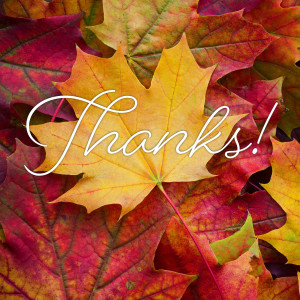
Thanks!
November 22, 2020
It was given its forbidding name by a group of pioneers, lost there in the winter of 1849-1850. Though history only records that one of the group died there, they all assumed that this place would be their grave. Rescued by two scouts, the group finally made their way out of the valley and over the Panamint Mountains. As they climbed, one of the men turned, looked back and said, “Goodbye, Death Valley.” And this name, along with the story of the Lost 49ers, became part of the history of the western United States.
Steady drought and blistering summer heat make Death Valley a place of dangerous extremes. Winter months can be dangerously cold. Storms can produce sudden flooding on the valley floor. And summer air temperatures have reached as high as 127 degrees. It is the lowest, hottest, and driest part of the North American continent. And yet, for each extreme there is a striking contrast. Towering mountain peaks are frosted with snow. The rainstorms bring vast fields of wildflowers. Lush oases harbor tiny fish and provide refuge for wildlife. Despite its morbid name, a great diversity of life is found in Death Valley.
We often think of valleys as being a place of hardship or unwanted challenge and filled with stress or fear. It’s easy to become overwhelmed or stuck in the valley. But, as the story of Death Valley illustrates for us, there is both life to be found in the valley and a Rescuer to lead the way through it.
I’m guessing that there are a lot of us who feel like we’re stuck in a valley right now. No one knows how long it will last, or how dark it might get. Even the most resilient and optimistic of us can begin to feel weary when there is no end in sight. This week we’re wrapping up our “Thanks!” series with a look at how we can navigate the valleys of life with gratitude. While this message will be an encouragement for all of us, I want to especially encourage those who are struggling as the pandemic pressure drags on…please join us this Sunday.
More Episodes
 2023-08-16
2023-08-16
 17
17
 2023-08-01
2023-08-01
 11
11
 2023-07-02
2023-07-02
 15
15
 2023-06-28
2023-06-28
 16
16
 2023-06-21
2023-06-21
 15
15
Create your
podcast in
minutes
- Full-featured podcast site
- Unlimited storage and bandwidth
- Comprehensive podcast stats
- Distribute to Apple Podcasts, Spotify, and more
- Make money with your podcast
It is Free
- Privacy Policy
- Cookie Policy
- Terms of Use
- Consent Preferences
- Copyright © 2015-2024 Podbean.com





